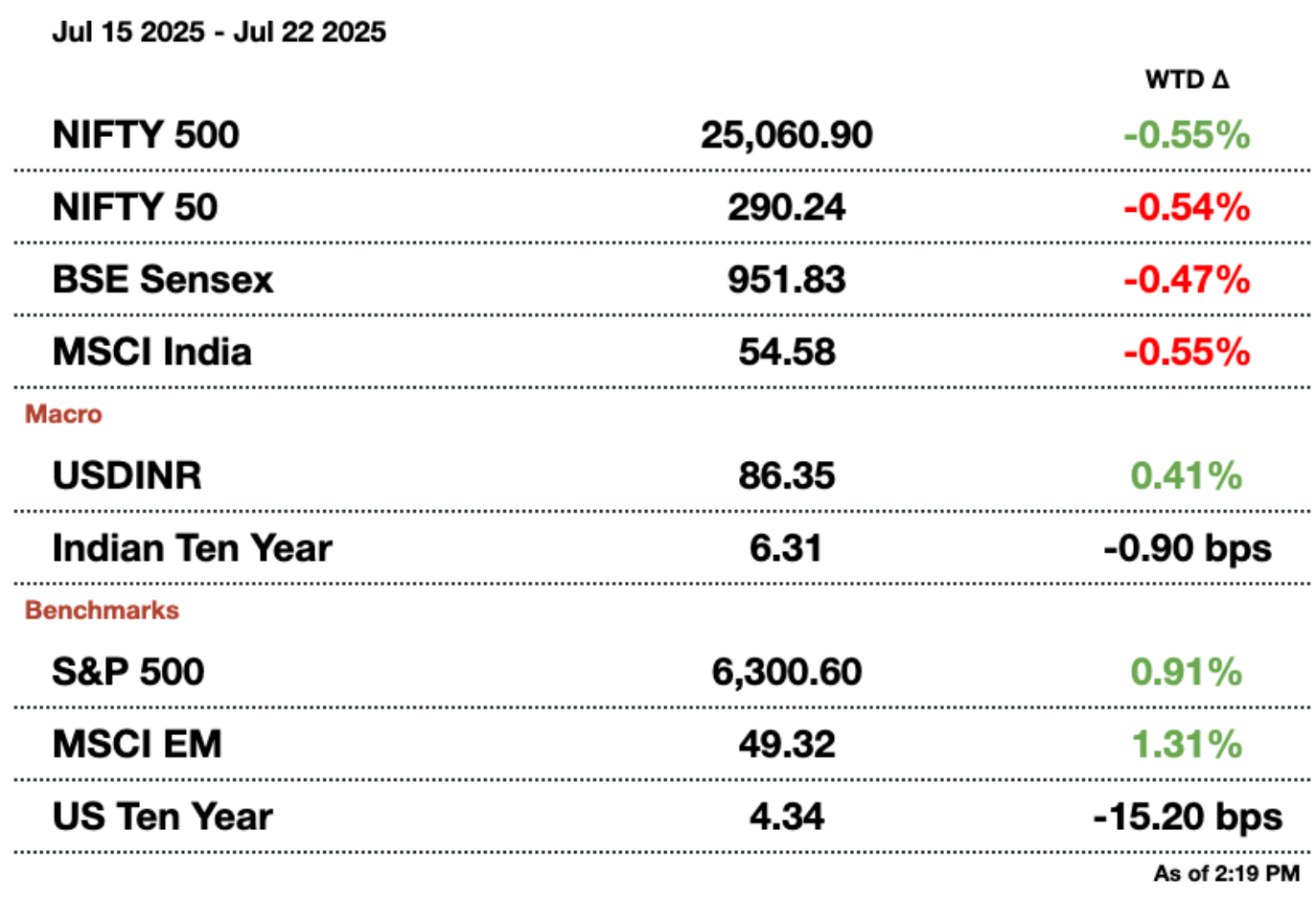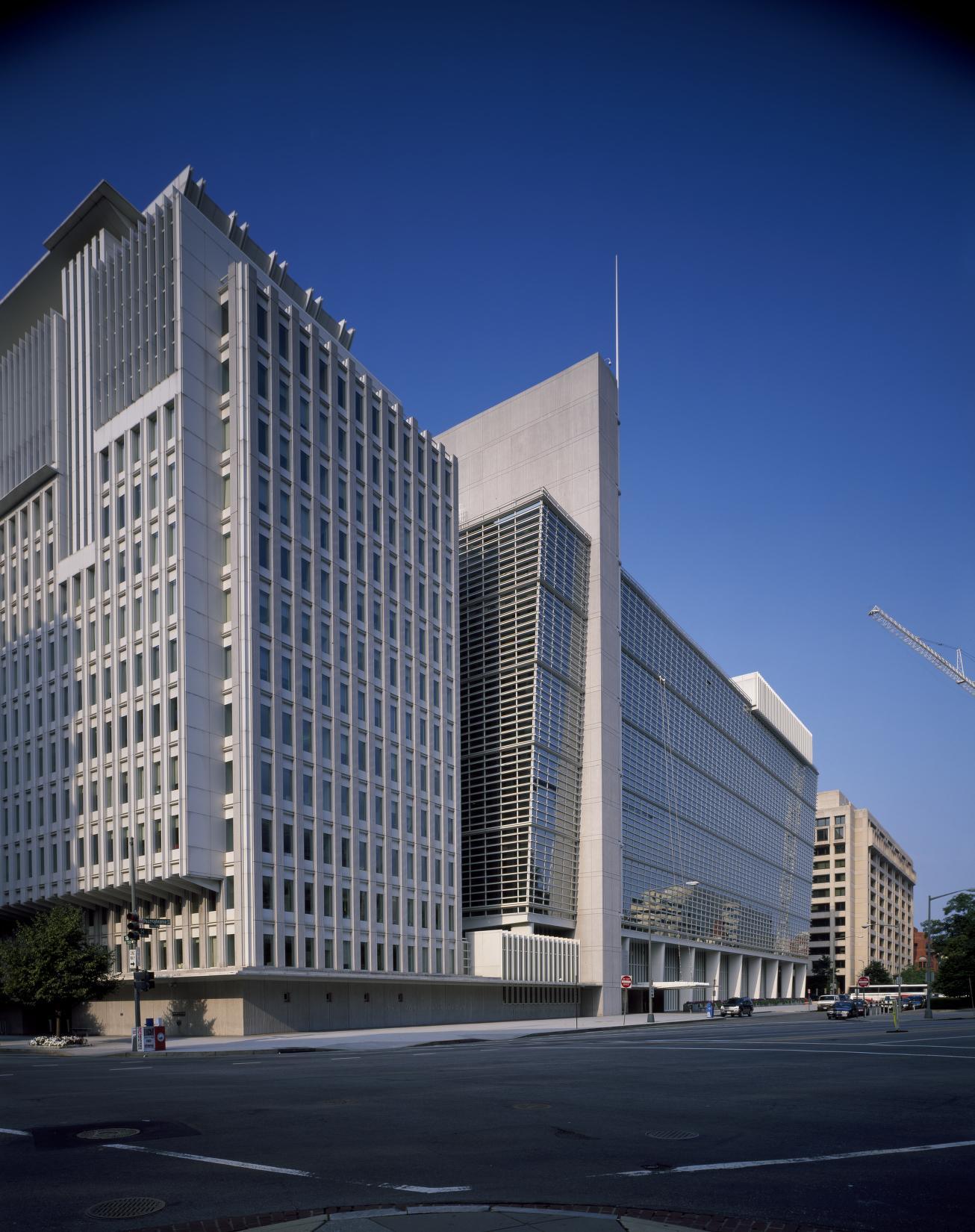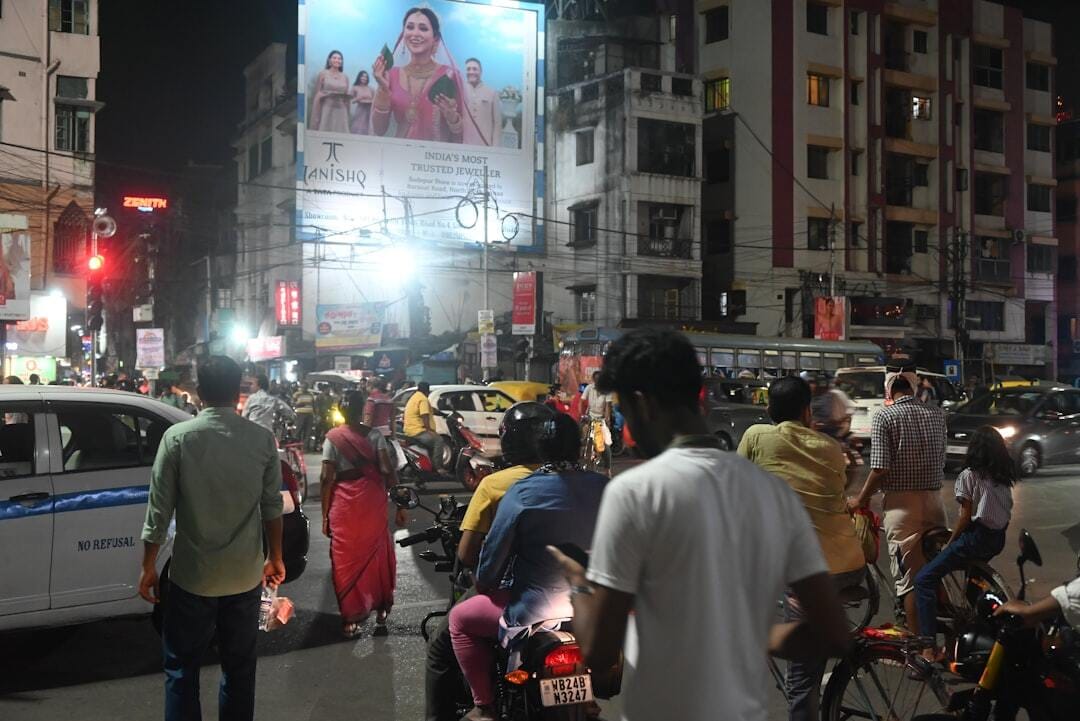- Samosa Capital
- Posts
- 📰Is India's Unemployment Even Worse Than We Think? | Daily India Briefing
📰Is India's Unemployment Even Worse Than We Think? | Daily India Briefing
Three stories on Indian markets that you can't miss.


India must invest $2.4 trillion to achieve its climate goals. Foreign investors are regaining interest in Indian government bonds this week. Economists widely agree India is underreporting unemployment.
If you have any questions about India, fill out this form or reach out to Shreyas at [email protected]



Macro
Modi’s recent visit to Croatia has spurred Indian companies to bid for major infrastructure projects worth over $1.3 billion (₹112.3 billion). Indian firms like Afcons and Ashoka Buildcon are competing with Chinese companies for EU-funded railway and highway contracts in the Balkans.
Indian metal stocks rose for a third day as China’s $167 billion (₹14.4 trillion) hydropower project in Tibet boosted demand expectations for construction metals. The rally comes amid broader market optimism and rising commodity prices.
India must invest over $2.4 trillion (₹207.4 trillion) by 2050 to make its cities climate-resilient, according to the World Bank. As urban populations and extreme weather events surge, inadequate infrastructure could lead to annual damages of $30 billion (₹2.6 trillion) by 2070.
India’s stock benchmarks closed flat Tuesday as gains in Eternal were offset by declines in Reliance Industries and uncertainty over a U.S. trade deal. The market remained focused on stock-specific movements amid stalled tariff negotiations with Washington.
The Indian rupee edged slightly higher as falling U.S. Treasury yields, driven by trade war concerns, weakened the dollar and crude oil prices. Despite uncertainty over an India-U.S. trade deal, Indian assets held steady, with forward premiums and swap rates also rising.
Equities
Paytm posted a $14.2 million (₹1.23 billion) profit for the June quarter, reversing losses as sales rose 28 percent and costs dropped 19 percent. The fintech firm’s turnaround follows regulatory setbacks, with founder Vijay Shekhar Sharma streamlining operations and focusing on core payments.
Air India is seeking a $200 million (₹16.8 billion) loan to buy six Boeing 777 aircraft it already operates from a U.S. lessor. The move comes amid fleet expansion delays caused by supply chain issues and follows a temporary slowdown in financing talks after a recent crash.
Eternal shares hit a record high after its quick-commerce revenue more than doubled to $277.7 million (₹24 billion), surpassing Zomato for the first time. Analysts upgraded the stock, citing stronger-than-expected performance despite rising competition.
India’s IPO market is set to raise over $30 billion (₹2.6 trillion) in the next 12 months, driven by strong issuer confidence and economic growth. Kotak Mahindra Capital notes that while momentum is high, risks like weak secondary markets or shifting foreign interest could pose challenges.
Zee Entertainment’s quarterly revenue fell 14 percent due to weak ad spending, marking its eleventh decline in twelve quarters. Shares dropped 5.7 percent as advertisers shifted focus to sports platforms like the IPL and election-related ad boosts from last year faded.
Costco will open its first Global Capability Centre in Hyderabad, India, employing 1,000 people initially to support global tech and research operations. The move reflects India's growing role as a hub for high-value GCCs, with the market projected to reach up to $105 billion (₹17.7 trillion) by 2030.
Alts
Adani is building a $1.5 billion (₹129.6 billion) real estate empire, led by the $11 billion (₹950.5 billion) Dharavi redevelopment project in Mumbai. The high-risk venture could reshape urban India and define Adani’s legacy.
Foreign investors have renewed interest in Indian bonds, buying $1.5 billion (₹129.6 billion) over the past month amid growing expectations of another RBI rate cut in August. Slowing inflation and growth concerns are boosting demand as bond yields remain attractive.
Policy
India must guard against a surge in cheap steel imports, especially from China, warns JSW Steel's Jayant Acharya. Despite a 12 percent safeguard duty, rising imports and U.S. tariffs raise oversupply risks as India’s growing economy remains exposed to trade diversion.
Prospects for an India-U.S. interim trade deal before the August 1 tariff deadline are fading due to deadlock over agricultural and dairy tariffs. While virtual talks continue, both sides remain divided on key demands, with further discussions expected in New Delhi.

This Startup Is Making Plastic Obsolete
Timeplast created a plastic that dissolves in water, leaving no waste. Their tech could revolutionize the $1.3T plastic industry. That’s why 7,000+ people have already invested, and you have only a few days left to join them. Invest in Timeplast by July 31 at midnight.
This is a paid advertisement for Timeplast’s Regulation CF Offering. Please read the offering circular at invest.timeplast.com.

1. World Bank Says that India Must Invest $2.4 Trillion to Meet Climate Goals

World Bank headquarters, Washington DC
India must invest over $2.4 trillion (₹207.2 trillion) by 2050 to build climate-resilient infrastructure in its rapidly growing cities, according to a new World Bank report released Tuesday. The report warns that without major investments, urban India will face escalating damage from increasingly frequent extreme weather events like flooding, heatwaves, and sea-level rise.
India's urban population is projected to nearly double from 480 million in 2020 to 951 million by 2050. However, the country's cities remain highly vulnerable, with inadequate infrastructure to handle the stresses of climate change. Urban flooding already causes $4 billion (₹345.4 billion) in annual losses, a figure that could rise to $30 billion (₹2.6 trillion) by 2070 if resilience measures are not undertaken.
The World Bank, in collaboration with India’s Ministry of Housing and Urban Affairs, emphasized that climate-proofing sectors such as housing, water, transport, and waste management will be essential to safeguard urban populations and reduce long-term costs.
Currently, India allocates only 0.7% of its GDP to urban infrastructure, far below global benchmarks. The report calls for scaling up public investment and attracting more private capital, which currently contributes just 5% to urban infrastructure spending. It recommends climate-linked fiscal transfers, greater intergovernmental coordination, and public-private partnerships in sustainable areas like green buildings and waste management.
Without timely and targeted action, the cost of inaction could far outweigh the investment required, the report concludes.
2. Foreign Investors Eye Indian Bonds Again Amid Renewed Rate Cut Hopes.

Foreign investors are regaining interest in Indian government bonds, buoyed by renewed expectations of further rate cuts by the RBI as early as August. This optimism follows June’s surprise 50 basis point rate cut and a shift in policy stance to “neutral.”
The rate-cut momentum picked up after a sharper-than-expected drop in June retail inflation, prompting investors to reassess the RBI’s next move. Analysts now anticipate a smaller 25 basis point cut if disinflation continues and economic growth weakens further.
In the last month, overseas investors have pumped $1.5 billion (₹129 billion) into Indian bonds linked to global indexes, reversing a previous outflow of over $3.8 billion (₹330 billion) in the first two months of the fiscal year, clearing house data shows.
"Bond yields are attractive at current levels," said Manish Bhargava of Straits Investment Management, highlighting potential returns if the RBI continues easing. Analysts also point to weak high-frequency data, which may strengthen the case for further monetary support.
India’s macroeconomic stability and relatively high real yields remain appealing. A possible U.S. Federal Reserve rate cut would widen the interest rate differential, making Indian debt more attractive to global investors.
Jean-Charles Sambor of TT International believes Indian bond yields could decline through 2025, favoring mid-tenor securities. With the 10-year Indian yield at 6.30% versus the U.S. yield at 4.35%, the bond market remains a strategic focus for global funds.
3. Is India’s Unemployment Worse than Advertised?

70 percent of independent economists believe official Indian government figures vastly understate the scale of joblessness and underemployment, as per a new Reuters poll.
While the government’s Periodic Labour Force Survey (PLFS) reported a 5.6 percent unemployment rate in June 2025, many economists argue that outdated definitions, such as counting anyone working an hour a week as employed, fail to reflect ground realities in a country of 1.4 billion people. The true unemployment rate may be closer to 10 percent, according to a median estimate from 17 experts surveyed, with some suggesting figures as high as 35 percent.
Former Reserve Bank of India Governor Duvvuri Subbarao emphasized the gap between headline economic growth and meaningful job creation, particularly for the youth and in labour-intensive sectors like manufacturing. Academics such as Pranab Bardhan and Jayati Ghosh echoed similar concerns, highlighting stagnant wages and underemployment as signs of structural imbalance.
As India navigates its third Modi-led government and prepares for long-term economic planning, experts are calling for a sharper focus on quality employment, better education and skilling, private investment promotion, and an industrial policy that fosters broad-based manufacturing, rather than targeted subsidies like the PLI scheme.
Without such interventions, economists warn, India’s demographic dividend risks becoming a demographic drag.
How would you rate today's daily briefing? |
See you tomorrow.
Written by Eshaan Chanda & Yash Tibrewal. Edited by Shreyas Sinha.
Sponsor the next newsletter to reach tens of thousands of U.S.-based business-savvy professionals. Reach out to [email protected].
Could your business use expert insights to power growth in India? Reach out to [email protected] for a free introductory call.
Disclaimer: This is not financial advice or recommendation for any investment. The Content is for informational purposes only, you should not construe any such information or other material as legal, tax, investment, financial, or other advice.

